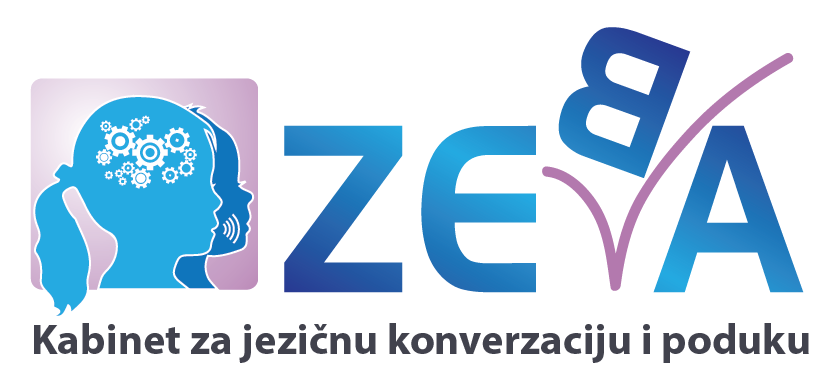Sažetak
Cerebralna paraliza, mentalna retardacija i autizam kao svojevrsni sindromi impliciraju poteškoće komunikacije i teškoće u komunikaciji. Specifičnosti komunikacijskih poteškoća ovise o primarnom poremećaju, poteškoći ili oštećenju, pa mogu zahvaćati sve ili samo neke segmente i aspekte komunikacijskog procesa. Kod svake od ovih kategorija poteškoće komunikacije su specifične i razlikuju se po etiologiji, manifestaciji te mogućim oblicima i načinima komuniciranja u tretmanu. Za uspješnost u logopedskom tretmanu nužna je emocionalna komunikacija i empatički odnos da bi se iz najrudimentarnijih verbalnih izričaja, paralingvističkih znakova, neverbalnih gesti, facijalne ekspresije i posture tijela, u kontekstu određene situacije, prepoznale djetetove potrebe i želje.
Ključne riječi: komunikacija, cerebralna paraliza, mentalna retardacija, autizam, logopedski tretman
Communication as Factor of Successfulness in Logopedic Treatment of Children with Special Needs
Summary
Cerebral palsy, mental retardation and autism as a kind of a syndrome imply communication difficulties and difficulties in communication. Specific characteristics of communication difficulties depend on the primary disturbance, difficulty or damage, so that they can affect all or only some segments and aspects of the communication process. In each of these categories, communications difficulties are specific and differ by etiology, manifestation, as well as by possible forms and the way of communicating during treatment. For successfulness in logopedic treatment, emotional communication and an empathic relationship are necessary in order to recognize the child’s needs and wishes from the most rudimentary verbal expressions, paralinguistic signs, non-verbal gestures, facial expression and posture of the body, within the context of a given situation.
Key words: communications, cerebral palsy, mental retardation, autism, logopedic treatment





